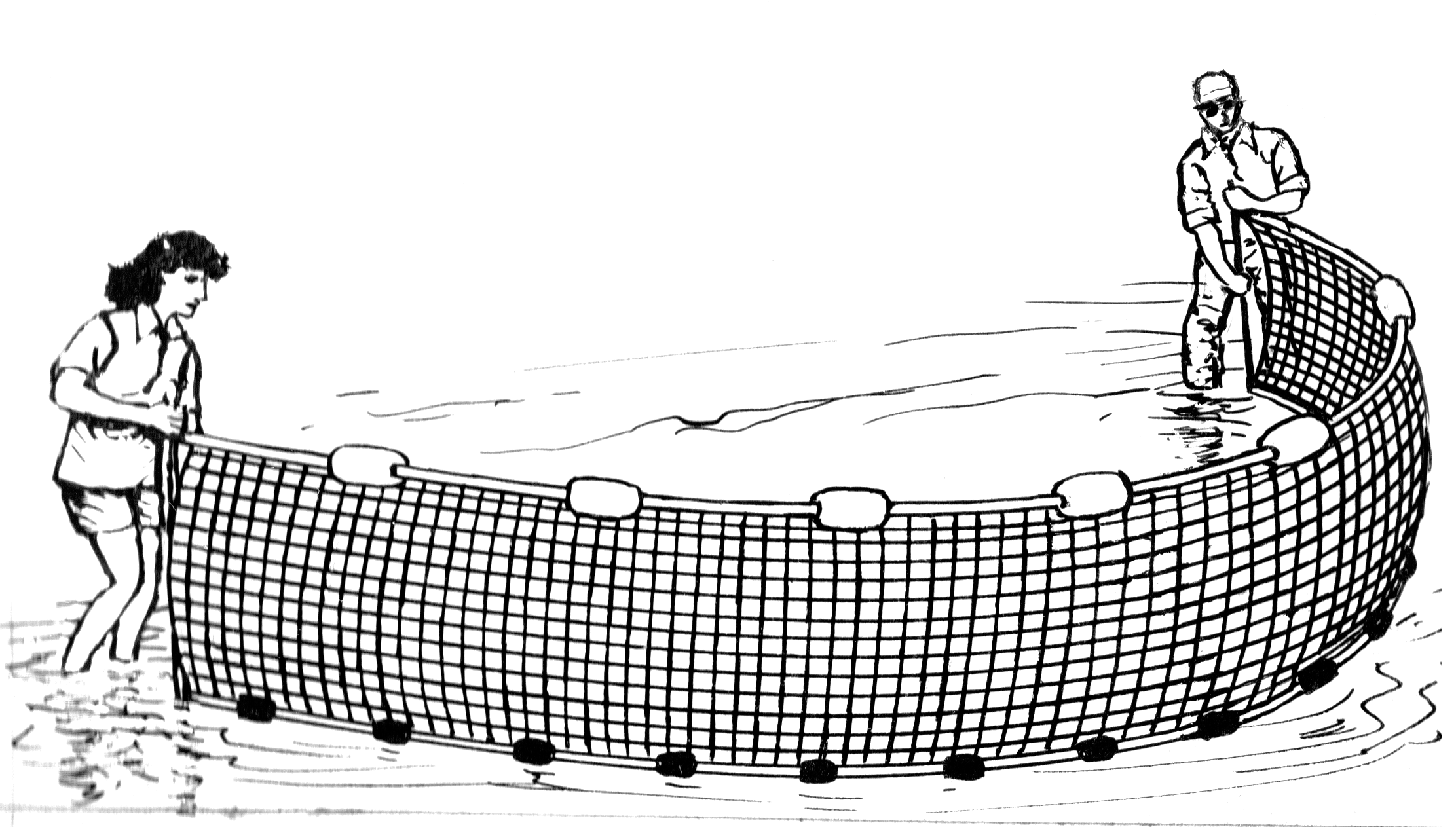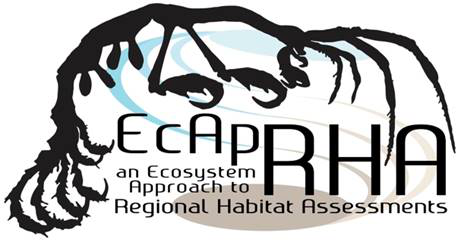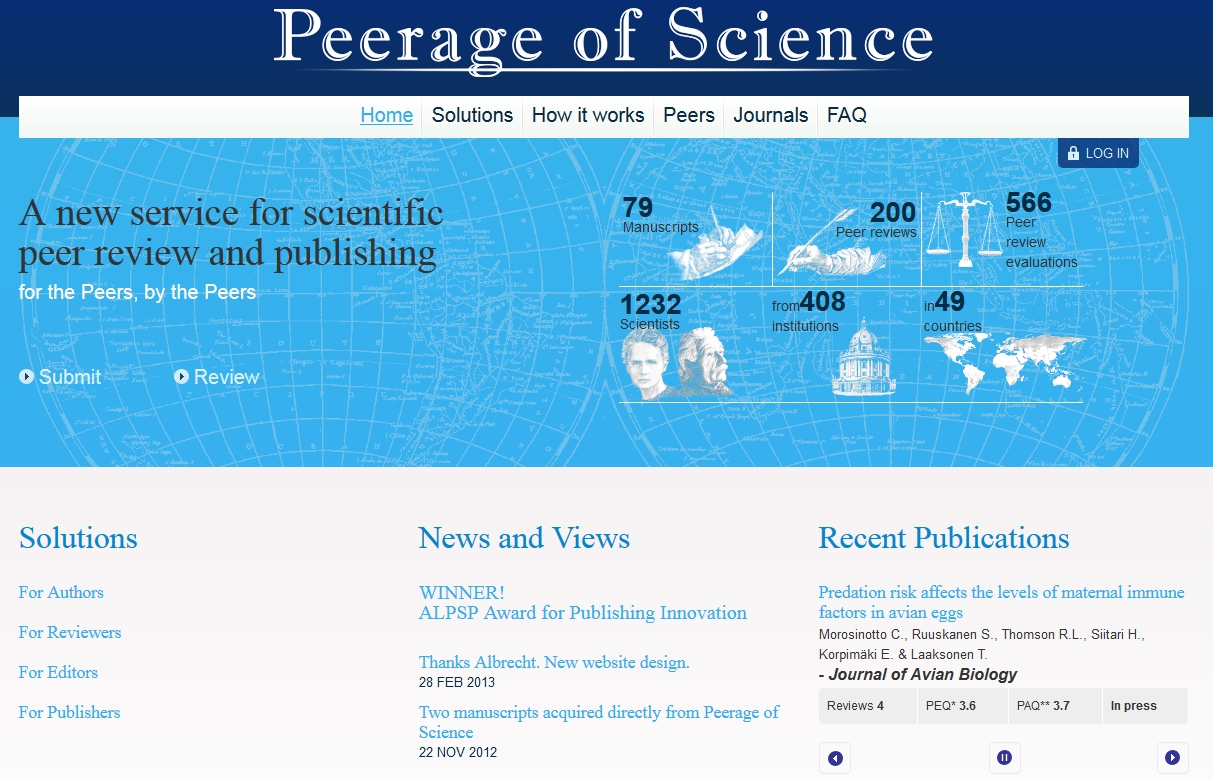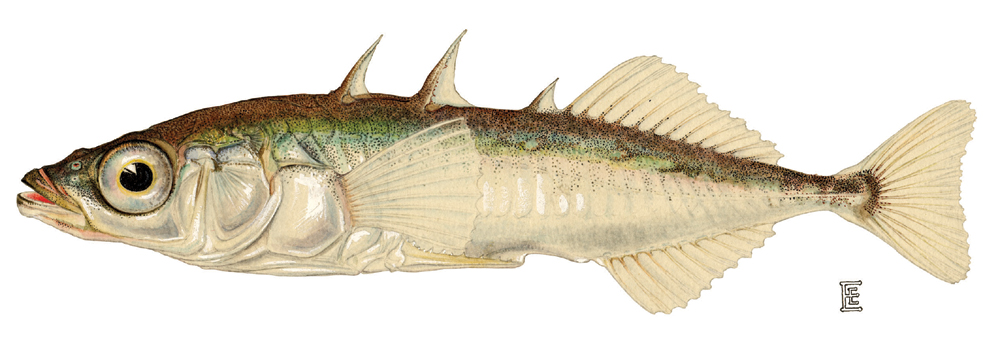Sticklebacks are trash-fish that anglers typically catch by mistake while targeting other fishes so
why would you try catching some? The reasons are diverse and include:
-
Fish-keeping: the fish is easy to keep in tanks and males have bright breeding colours during the mating season (more
here),
-
Consumption: stickleback are eaten in parts of Japan (order some
here) and were fed to ducks and pigs in the Baltic countries in the 1800s (more
here),
-
Oil extraction: Estonia notably used sticklebacks to produce fuel for oil lamps in the 1900s (more
here),
-
Scientific research: sticklebacks have become an established model in biological sciences (see
Barber 2010;
Merilä 2013).
 |
| Fig. 1 We caught over 200 threespine stickleback with the seines this time |
In the following parts of this article, I will focus on techniques to catch sticklebacks for fish-keeping and for scientific research because exploitation of stickleback is fairly rare nowadays. I will explain where and when to look for them, as well as the potential implications of using different methods to catch them.
Nota bene: stickleback vs. sticklebacks as plural forms...
It might be worth mentioning here that the plural form of "stickleback" can be found both
with or without an "s" in the literature. There seems to be no clear rule concerning this matter. A native English speaker has told me a while
ago to use "stickleback" as plural form when talking about several
individuals of the same stickleback species and to use "sticklebacks"
when talking about several species of stickleback (i.e. like "fish" vs. "fishes"). That's the rule I use but I admit that other forms might just be as correct. I also take this opportunity to mention that - if we take the exemple of the threespine stickleback - "threespine", "threespined" and "three-spined" are used and that, again, there seems to be no right or wrong form. I just prefer the shortest version.
Fig. 2 Breeding
threespine stickleback (gravid female on the top and male with breeding
colourations at the bottom) and phylogeny of sticklebacks (modified
from Barber 2013)
Where and when to find sticklebacks?
Sticklebacks have a holarctic distribution, i.e. they occur in the northern hemisphere. If we want to go into details, the answer will depends on which species of stickleback we consider. Most of the time, we refer to the threespine stickleback (Gasterosteus aculeatus) but tremendous work has been realised on other species, especially on the ninespine stickleback (Pungitius pungitius) (see Fig. 3). Accordingly, most of the following discussion will concern these two species.
Fig. 3 Threespine vs. ninespine sticklebacks
The threespine and the ninespine sticklebacks are marine species that have repeatedly colonised fresh and brackish waters during glaciation events of the Holocene. Accordingly,
they can be found in coastal waters but also in lakes, ponds and rather slow-flowing rivers and streams. It is important to mention here that the distribution of the ninespine stickleback is more constrained to higher latitudes compared to that of the threespine stickleback.
 |
Fig. 4 Breeding behaviour of the
threespine stickleback |
In large water bodies, stickleback can be found in shoals
within 5m to the surface. Like most fish, the colder the water becomes, the deeper (i.e. where the water is the warmest) the fish should be found. In the sea, many populations are anadromous (i.e. the live in the sea but breed in brackish of freshwaters). During the
breeding season, individuals gather at
1-2m deep grounds (almost any substrate might suit as long as a bit of aquatic plants are around. Males establish small territories where they build a nest (by gluing pieces of aquatic plants and sand with a secretion they produce - the spiggin glue), courtship females and take care of the offspring (see Fig. 4). This is most likely the time during which the fish (especially the males) are the most vulnerable and easy to catch.
Typically, individuals will gather but only after a few weeks males will establish territories and express breeding colourations. The breeding season occurs in the spring and in the summer but specifying periods depends on the population. In Southern Finland for instance, threespine stickleback gather in early May at the grounds, actively breed in mid-June and stop reproducing around mid-July. During the breeding season, a few
immatures that hatched on the previous year can be found but will not breed. After females lay their eggs, they usually leave the breeding ground to open waters. Accordingly, the (operational)
sex-ratio will become more and more male-biased during the season. At the end of the breeding season, dying males, exhausted by their investment into reproduction, can be found in the water. The
fry can generally be found on the breeding grounds at the end of the breeding and a few weeks after.
Which technique?
Different techniques can be used to catch sticklebacks and can be gathered in three main categories:
-
Angling: you can catch stickleback by using a simple line with a piece of earth worm, a bloodworm or maggot. It is the basic leisure fishing. Although it gives you the opportunity to have a beer while fishing, it is usually not an efficient way to catch a lot of stickleback.
 |
| Fig. 5 Seine fishing |
-
Netting: two types of nets (more
here) are used when fishing for sticklebacks.
1) Cast nets are circular nets with weights attached to its edge. It is thrown so that it spreads out and sinks in the water and the fish are caught by hauling the net back. It has the advantage that it can be used alone almost everywhere. However they are typically small, the casted net can scare the fish away and the animals might also escape by the time it actually sinks. Accordingly, it is rather used when fish are in shallow waters or at the top of the water column
2) Seining is the most common netting technique used to catch sticklebacks (see Fig. 5). The seines
hang vertically in the water thanks to floaters on the top edge and weights on the bottom edge. In contrary to cast nets, it cannot be used alone and require two fishermen to hold the side edges (unless you use a boat). For small seines, fish are caught by walking the net in the water, closing it quickly and rising the bottom edge. For both types of nets, the
mesh size of your trap should be smaller than the mean width of the target fish.
 |
| Fig. 6 Minnow traps can be used in almost any situation |
-
Trapping: different kinds of traps exist (more
here) but the most widely used are minnow-traps (i.e. basic bottle traps) and related traps. Minnow traps (see Fig. 6) are likely the most
widely used traps to catch sticklebacks because they do not require spending
much time catching the fish, they are easy to transport/carry (some models can
be quite light and folded), and they can be used for virtually any type of
environment (beware that heavy/metal-made traps might however get stuck in
muddy bottoms, which can be a problem for deep spots). They can even be easily built from
empty plastic bottles (see
this). Again, according to the size of the targeted fish, different mesh sizes should be considered. However, it requires to stay for a while in the water and, in general, cannot contain many fish due to their typical small size (but big versions do exists and can collect loads of fish).
Your choice on the method will depend
on:
- the place where you catch the fish from (e.g. if you can wade at the site, you can use seine nets but you may prefer traps if you cannot),
- if you are
alone or not (alone: traps or cast nets; not alone: almost anything),
- the
time you can spend catching fish (if you can only spend little time per day,
use traps but that can involve several visits over a few days to get enough
fish; if you can spend a day fishing, use seines).
 |
| Fig. 7 I had great catches with this kind of minnow-traps |
To date, the most efficient kind
of trap I’ve seen (but rarely used) for any stickleback is made of transparent plastic with removable
entrance/mouth pieces. I could not find a picture online (and I have no photo) so here is
a quick drawing to give you an idea (see Fig. 7).
Recently, research has been carried on the use of these traps in stickleback research. Two main aspects have been investigated: the roles of baiting, visual attractors and of trap type on catches.
Smelly baits and shiny objects, supposed to either mimic bait fish (possibly conspecifics for gregarious fishes) or just to trigger curiosity, are typically used to attract fish to the trap. Some models of minnow traps have a compartment to place baits that can help attracting the fish and pieces of aluminum fold can always be attached to the meshes. In a series of studies, Merilä (
2012,
2015a and
2015b) investigated how baiting and attractors might affect catch per unit effort of sticklebacks. He found that
baiting with blue cheese increased the amount of catches of ninespine stickleback but not of threespine stickleback.
Shiny attractors (i.e. pieces of aluminum fold) did not improved catches for both species.
Importantly, these studies revealed large differences in catches success among different minnow trap models, including closely similar models. More recently, we coupled field observations with laboratory experiments to determine if the traps differed in their abilities to attract threespine stickleback or to keep them trapped (
Budria et al. 2015). We notably found that two very similar
trap models differing mainly incolour (metallic vs. black) deeply affected the escape rate of the fish during the experiment (metallic was the best). By comparing trapping success in field and lab conditions, we also found that both attraction to the trap and escape rates affected trapping success.
If some stickleback were more likely to be attracted to some traps rather than others, this might have deep consequences for laboratory studies as the sampled fish might not be representative of the whole population. Further work is thus needed to consider this issue.
First steps to keep your fish alive
 |
| Fig. 8 Air pumps are needed when transporting live-fish over long distances. |
Once you have your fish, what are the first steps to keep them alive? During a long or warm fishing party, you can keep them in a bucket (if possible at the shadow during warm days - placing some leafs to float at the top of the water might be enough). They can remain like this for short trips but if you plan on fishing for a while or on taking the fish for a long trip, placing the them in a keep net or adding an air pump to the bucket is advised (see Fig. 8). You can also put the fish in a cooling box on warm days. Once you reach home or the lab, avoid placing directly the fish in new water to avoid any stress due to high changes in temperature or pH, et voilà!
Bonus for reaching the end of this article
 |
| A rare beauty: a fifteenspine stickleback we caught from the shore of Nauvo, Finland, in 2011. |
Sources for pictures:
http://www.cell.com/cms/attachment/2009177165/2031548694/gr1b1.jpg
http://www2.dnr.cornell.edu/cek7/nyfish/Gasterosteidae/threespine_stickleback.jpg
http://www.maine.gov/ifw/fishing/species/identification/images/ninespinestickleback.jpg
http://image.slidesharecdn.com/63ch51behavior2005-130827153304-phpapp02/95/63-ch51behavior2005-7-638.jpg?cb=1377617655
https://en.wikipedia.org/wiki/Seine_fishing#/media/File:Seine_%28PSF%29.png
https://www.clarku.edu/departments/biology/fosterbaker/images/john_trap.jpg

















